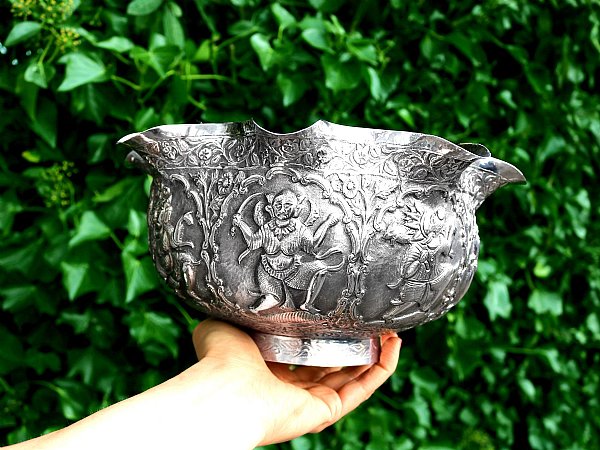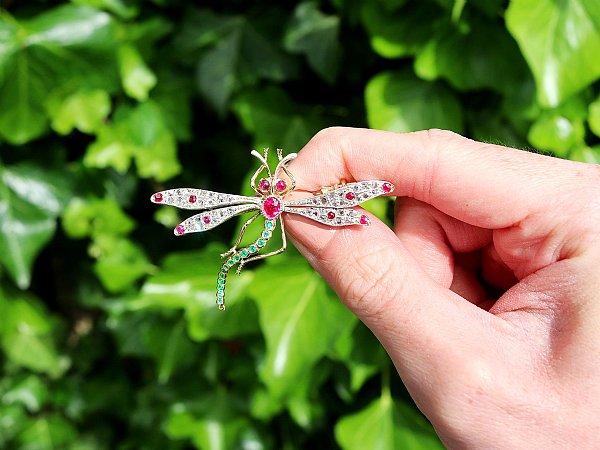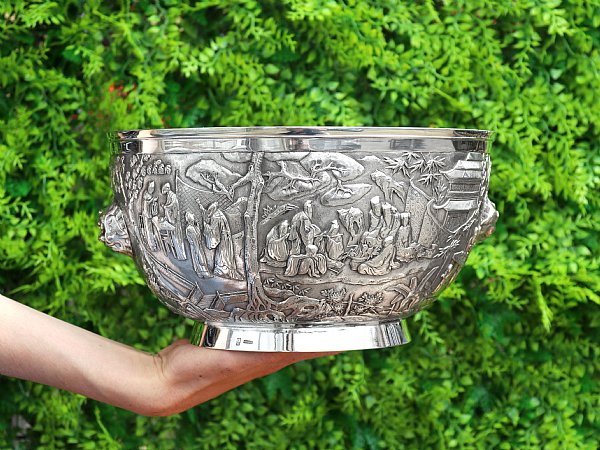Search Results for: '{{searchText}}'
Sorry...
We don't seem to have what you're looking for.
However we do have thousands of magnificent pieces of silver and jewellery available for you to view online. Browse our store using one of these categories.
Please wait for loading data... 
AC have an exceptional variety of antique sterling silver bowls, ranging from grand centrepieces, Monteith bowls, jardinieres and sugar bowls.
This large collection of silver bowls features pieces from all over the world, with bowls crafted during the Georgian, Victorian and Edwardian eras, as well as some twentieth century vintage items.
Our selection is comprised of exceptional examples of antique silver, all of which are the finest of their type that we have come across.
These pieces can function in a variety of ways- from consumption of food and drink to being the centrepiece of a formal dining table.
All of the bowls at AC Silver come with free and insured worldwide shipping and a 14 day return policy.

A bowl is a container that has been utilised throughout history for the preparation and serving of food and drink. Bowls are round dishes, with spherical, hollow interiors. The edges and bottom of a bowl form a seamless curve. The form of a bowl makes it ideal for holding liquids and loose food. The exterior of a bowl is most often round.
Society has utilised bowls for millennia; the oldest discovered is 18,000 years old. Throughout history, remnants of silver hollowware have been found in tombs worldwide. In contrast, there is a distinct lack of flatware found in these excavations. This suggests that unsurprisingly finding a container for one’s meal was a first priority for ancient civilisations.
Unearthed artefacts prove that silver has been a popular material for crafting bowls for many years. Bowls in this form have been found from societies such as the ancient Greeks, Etruscans, Egyptians, and Romans.
Another widely used technique for crafting bowls was pottery. This was particularly popular in ancient China and Greece. Elaborately decorated Chinese bowls can be found that date to the Neolithic period. In South Asian cultures, the bowl is still the typical form of vessel off which food is eaten, and on which it is served. Historically, small bowls were used for both eating and drinking. The Greeks utilised a wide variety of bowls. These included small items such as phiales and pateras, and bowl-shaped cups called kylices.
As time progressed so did craftsmanship skills; this is evidenced in the materials that bowls were made from. More durable materials such as silver became commonplace, as well as glass and silver-plate.
Different styles of bowl have also evolved throughout time, as a reaction to the needs, tastes, and trends of various cultures and societies.




